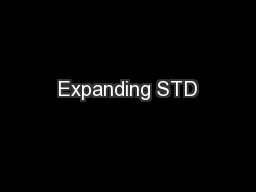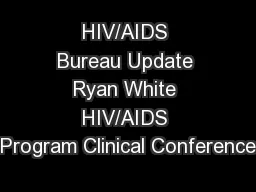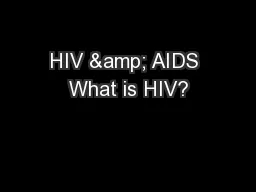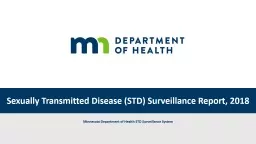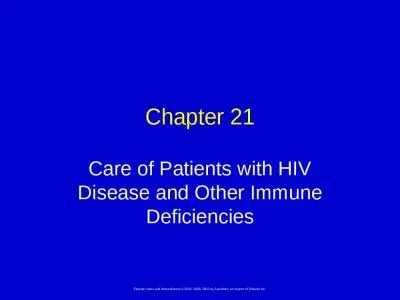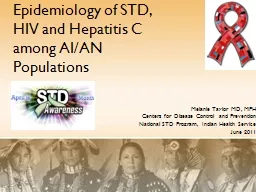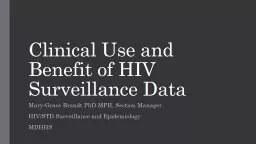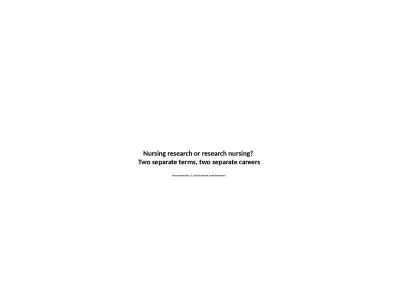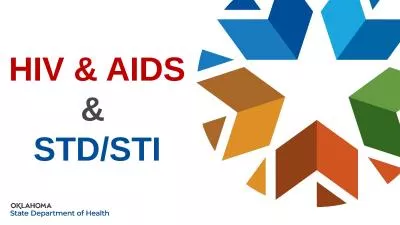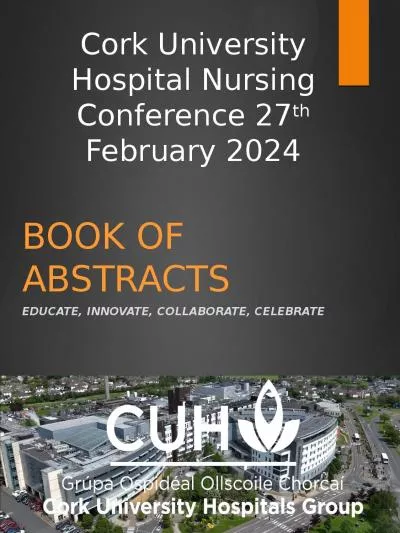PPT-2018 Michigan Clinical Nursing Conference for HIV and STD Care
Author : pamella-moone | Published Date : 2018-12-06
May 31 st 2018 Cardiovascular Disease in the Setting of HIV Infection Kathleen Fitch MSN FNPBC Massachusetts General Hospital and Harvard Medical School Disclosures
Presentation Embed Code
Download Presentation
Download Presentation The PPT/PDF document "2018 Michigan Clinical Nursing Conferenc..." is the property of its rightful owner. Permission is granted to download and print the materials on this website for personal, non-commercial use only, and to display it on your personal computer provided you do not modify the materials and that you retain all copyright notices contained in the materials. By downloading content from our website, you accept the terms of this agreement.
2018 Michigan Clinical Nursing Conference for HIV and STD Care: Transcript
Download Rules Of Document
"2018 Michigan Clinical Nursing Conference for HIV and STD Care"The content belongs to its owner. You may download and print it for personal use, without modification, and keep all copyright notices. By downloading, you agree to these terms.
Related Documents


